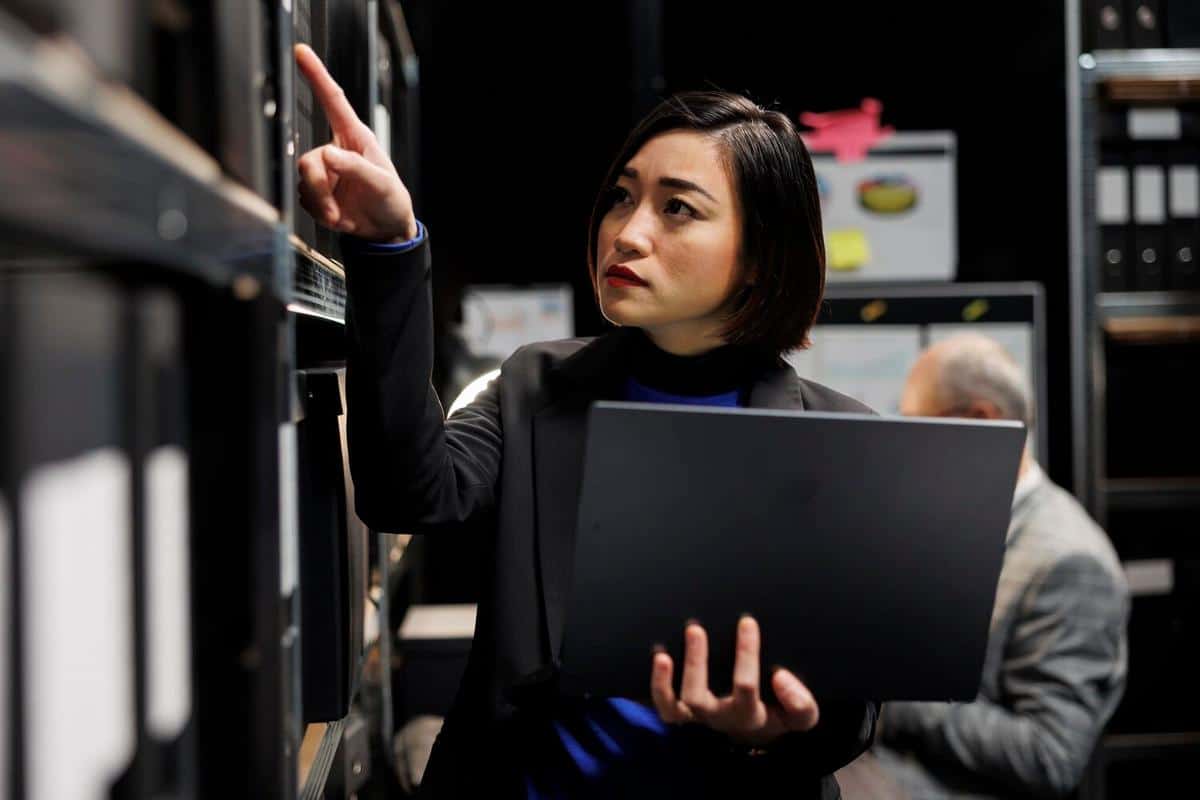
The Role of Blockchain in Securing Educational Credentials
Blockchain technology is transforming various sectors, and education is no exception. By securing educational credentials through blockchain, institutions can enhance transparency and trust in academic achievements.
Understanding Blockchain in Education
Blockchain is a decentralized digital ledger that records transactions across many computers so that the recorded transactions cannot be altered retroactively. This characteristic makes it ideal for securing educational credentials.
Why Blockchain for Educational Credentials?
In an era where resumes can be easily falsified, blockchain provides a solution by offering a tamper-proof system for recording educational achievements. A study by the IBM Blockchain group highlights that blockchain can significantly reduce fraud in educational credentials.
Expert Opinions
According to Don Tapscott, a blockchain expert, “Blockchain technology can help create a more transparent and trustworthy educational system by ensuring that credentials are authentic and verifiable.” This sentiment is echoed by many academics who see the potential for blockchain to change how we perceive and verify educational achievements.
How It Works: A Simple Example
Imagine a university that issues diplomas and certificates as digital assets on a blockchain. When a student graduates, their diploma is encrypted and recorded on the blockchain. Employers can then verify the authenticity of this diploma by accessing the blockchain directly, eliminating the need for third-party verification.
Benefits of Blockchain in Education
- Security: Immutable records ensure that credentials cannot be tampered with.
- Accessibility: Students and employers can access credentials from anywhere in the world.
- Efficiency: Reduces time and resources spent on verifying documents.
| Traditional Credentialing | Blockchain Credentialing |
|---|---|
| Prone to forgery | Immutable and secure |
| Requires third-party verification | Self-verifiable |
| Time-consuming | Instant verification |
| Limited access | Global access |
| Paper-based | Digital and eco-friendly |
| Costly process | Cost-effective |
| Loss risk | Permanent record |
| Centralized control | Decentralized verification |
Implementing Blockchain in Education
For educational institutions looking to implement blockchain, starting with a pilot program can be beneficial. Collaborating with tech companies that specialize in blockchain solutions for education can streamline the process.
Pro Tip: Engage students and staff in workshops to help them understand the benefits and workings of blockchain technology in education.
Frequently Asked Questions
How does blockchain prevent credential fraud?
Blockchain’s immutability ensures that once a credential is recorded, it cannot be altered or tampered with, making it a reliable source of verification.
Is blockchain technology expensive to implement?
While initial setup costs can be high, the long-term savings from reduced fraud and verification processes can offset these costs.
Conclusion
Blockchain technology holds immense potential in securing educational credentials, providing a reliable and efficient system that benefits students, institutions, and employers alike. As more educational bodies explore this innovative approach, the future of credential verification looks promising and secure.


